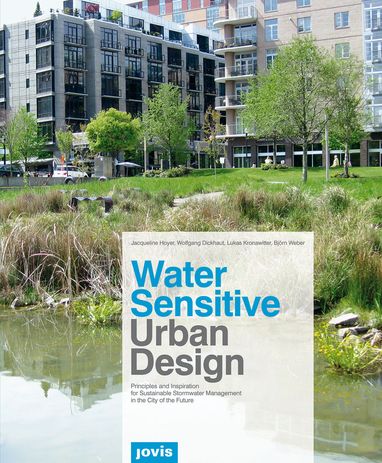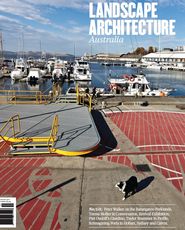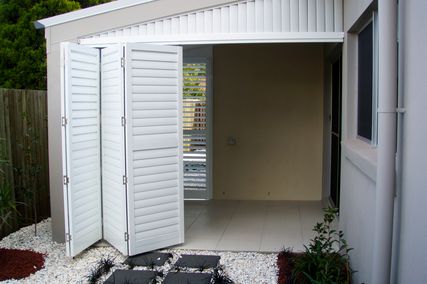
Water Sensitive Urban Design.
This manual for Water Sensitive Urban Design (WSUD) focuses on innovative water management for the city of the future. The manual provides an overview of WSUD, creates guidelines for setting WSUD principles and presents small-, medium- and large-scale case studies that demonstrate successful applications of WSUD.
Each of the nine case studies outlines the main problems in the study area and its primary aims. The City of Portland in Oregon, USA shows how decentralized stormwater management can be successfully applied on a city level. Here, green roofs, infiltration areas and pervious surface materials all made small contributions to the overall result. In this case, the stormwater planning became publicly known, encouraging the citizens to take part and take action.
As urban populations rise and citizens wish for healthier cities with more parks, more bike lanes and cleaner air, the opportunities for WSUD in development increase. The book ascertains that when people are made aware of decentralized stormwater solutions, they are generally excited about them. And this creates a perfect “starting point for discussion and inspiration for change.”
Edited by J. Hoyer, W. Dickhaut, L. Kronawitter, B. Weber (Jovis: 2011) paperback, 144 pages. RRP €28.
Source

Discussion
Published online: 29 Dec 2011
Words:
Cassie Hansen
Issue
Landscape Architecture Australia, August 2011














